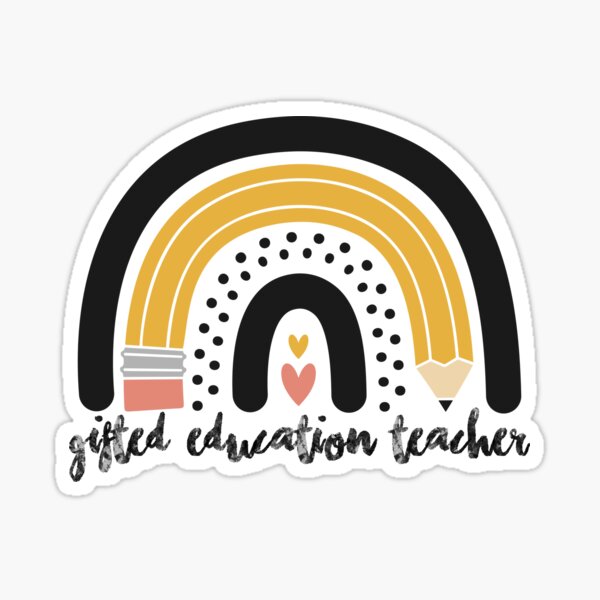
A high school in America is an educational establishment where students finish their secondary education. Its primary purpose is to offer high-quality education for all students. There are several characteristics to consider when choosing a high school. These include Common Core State Standards (courses offered), Number of classes per day, and Report Cards.
Offering courses
The courses offered by American high schools vary depending on the state requirements. Many state requirements require that high school students take at least one full year of foreign language courses. High schools offer AP Courses for a variety languages. These courses are not required for graduation but can be helpful in helping students prepare for college or career goals.
Students at high schools in the United States can take AP Psychology. This course introduces advanced concepts about human behavior. This course covers all aspects of writing and focuses on the craft of storytelling as well as the subject matter.
Common Core State Standards
The Common Core State Standards (US high school standards) are intended to aid students in college. The standards were created over 18 months. It began with a report from three groups that was released in the latter part of 2008. After expert and public comment, the document was finally released to the public in June 2010. The standards were drafted with the goal of fixing two major problems: American students are not prepared for college and business, and they don't learn the skills that are required to be successful in a professional life.

Common Core is a set standards in math and English language arts/literacy designed to prepare students for college and career. These standards provide information to parents about what students should be learning and outline the grade-specific learning outcomes. Parents and teachers can also work together to help their children reach the standards.
Number of courses per course
Many courses are offered by high schools. Many schools offer multiple courses each day. These courses may be used to fulfill graduation requirements. To learn more, contact your school’s guidance department. Many high schools also offer language courses. These courses allow students learning the basics of multiple languages. Some offer advanced classes. There are many languages available, including Spanish, Russian and Latin.
High school students typically spend between 7:30 a.m. - 3:00pm on average. Extracurricular activities are also a common activity for high school students. These activities take place mainly during the day, although they may be held on weekends. There are many high schools that offer the same classes every morning, while others have different classes.
Report cards
Report cards contain information that students get about their performance at school. Numerous states and organizations can issue reports that help students assess their academic progress. Many times, grades are used in order to place students into various programs and aid them in getting into college. They can also be used as an incentive to improve performance at school.
Public schools are required by the federal and state governments to produce and distribute a report card each year. The report cards can be used to monitor student progress and give important information about schools. The report cards can be requested electronically or in hard copy at any school.

International students have many choices
For international students who want to study in America, there are many options. Fulbright scholarships can be one of these options. These scholarships offer the opportunity to study in the United States and have the opportunity to earn a high school diploma while living with an American host family. In addition, international students can take English language lessons after school.
There are many high schools in America. Before you decide which school is best for you, consider its academic and social focuses. If you are interested in engineering, you might consider attending a school that is specialized in this field. Also, consider the language requirements at the school.
FAQ
What are the different types of early childhood education?
There are many different ways to describe early childhood education. The most common ones include:
-
Preschool - Children ages 2 to 5
-
PreKindergarten- Children from 4-6 years of age
-
Head Start/Headstart for Children Ages 0-3
-
Day Care/Daycares - Children from 0-5 Years
-
Child Care Centres - Children from 0-18 Years
-
Family Child Care - Children ages 0 to 12
-
Home Schooling - Children ages KG to 16
How long does a teacher of early childhood take?
The four-year process to earn a bachelor's level in early child education takes. It will take you two years to complete the required general education courses at most universities.
After finishing your undergraduate degree, you'll usually be accepted into graduate school. This allows you to become a specialist in a specific area of study.
For example, you could choose to focus on child psychology or learning disabilities. After earning a master's, you must apply to a teacher preparation program.
This process can take many years. This is a time when you will learn real-world skills from experienced educators.
Final, you must pass the state exam before you can start teaching.
This process can take several years. You won't be immediately able to jump into the workforce right away.
What is a "Trade School"?
People who are not able to succeed at traditional higher education institutions can earn a degree through trade schools. They provide career-oriented programs to help students prepare for specific occupations. Students enrolling in these programs typically complete two years of coursework in a single semester and then enter into a paid apprenticeship program where they learn a job skill set and receive on-the-job training. Trade schools can include technical schools, community colleges and junior colleges as well as universities. Some trade schools also offer associate degrees.
How much does homeschooling cost?
There are no set fees for homeschooling. Some families charge between $0-$20 per lesson. Other families offer free services.
However, homeschooling does require dedication and commitment. Parents need to make sure they have enough time to spend with their children.
They must also have access to books, supplies, and other learning tools. Homeschoolers often need to take advantage of community events and programs to supplement their curriculum.
Parents need to consider costs such as transportation, tutoring, and extracurricular activities.
Homeschoolers should also plan ahead for vacations, field trips, and special occasions.
Statistics
- These institutions can vary according to different contexts.[83] (en.wikipedia.org)
- “Children of homeowners are 116% more likely to graduate from college than children of renters of the same age, race, and income. (habitatbroward.org)
- Globally, in 2008, around 89% of children aged six to twelve were enrolled in primary education, and this proportion was rising. (en.wikipedia.org)
- In most developed countries, a high proportion of the population (up to 50%) now enters higher education at some time in their lives. (en.wikipedia.org)
- Data from the Department of Education reveal that, among 2008 college graduates, 92.8 percent of humanities majors have voted at least once since finishing school. (bostonreview.net)
External Links
How To
Where can I learn to become a teacher
Teaching jobs are available in public elementary schools, private elementary schools, public middle schools, private middle schools, public secondary schools, private secondary schools, charter schools, private and parochial (Catholic) schools, public and private (non-religious) daycare centers, and other settings.
A bachelor's degree at one of the following institutions is necessary to become a teacher.
-
A university or college that is four-years in length
-
A degree program for associates
-
There are some two-year community colleges programs
-
These three types of programs can be combined
State requirements are required to qualify for teaching certification. These include passing standardized test and having a probationary period.
The Praxis II test is required by most states. This test tests the candidate's comprehension of reading, writing and mathematics as well as their language arts skills.
Many states require that candidates obtain a specialized license in order to be certified to teach.
These licenses will be issued by the boards of education in each state.
Some states grant licenses without the need for additional testing. To determine if your state has granted licenses without additional testing, you should contact the board in your state.
Some states won't issue licenses to applicants without a masters degree.
Others allow students to apply directly for licensure to the state board.
The price, duration, and coursework required for licenses can vary greatly.
For example, some states require only a high school diploma, while others require a bachelor's degree.
Some states may require training in particular areas such as literacy or child developmental.
Some states require candidates have a master's before they can become licensed.
Many states ask teachers who are applying for certification about their employment history.
You may want to mention that you have been employed in another occupation on your application.
However, almost all states will accept work experience from any type of previous job.
You might wish to list the title of your last job, the position you held, and the years of service.
Potential employers will find this information helpful.
It shows them that your skills and experiences are relevant.
You may have gained valuable work experience and new skills while working.
This can be displayed on your resume to future employers.